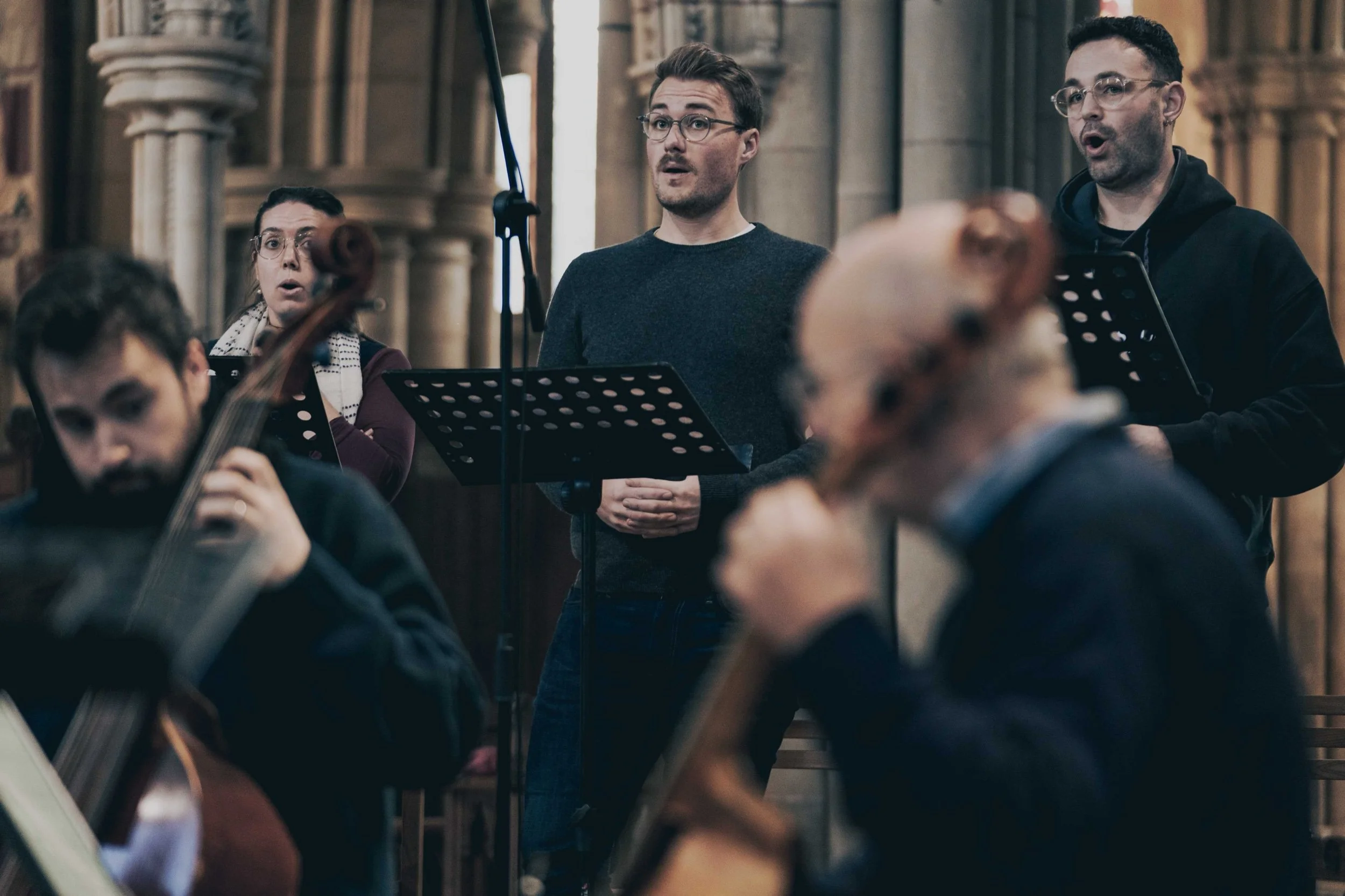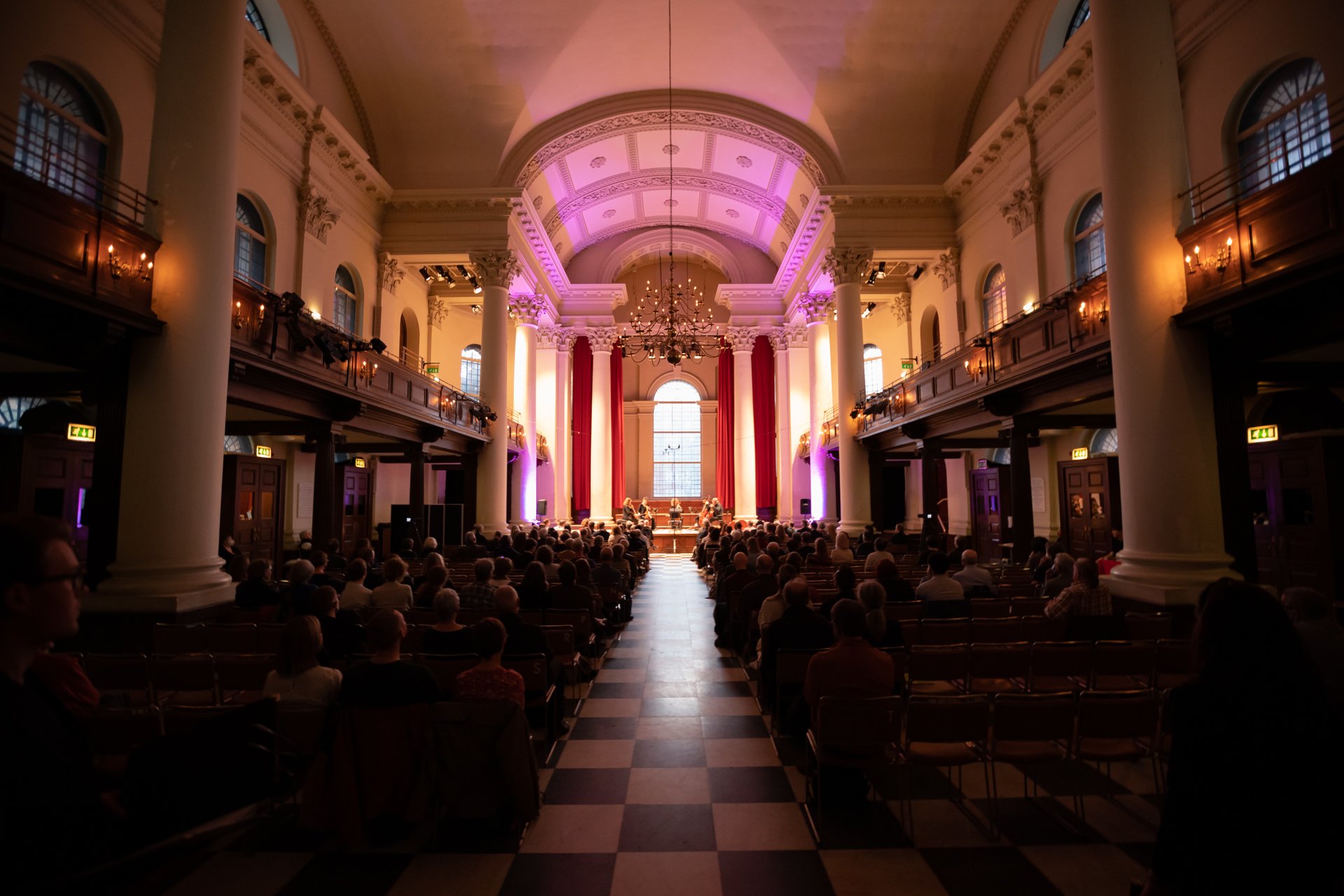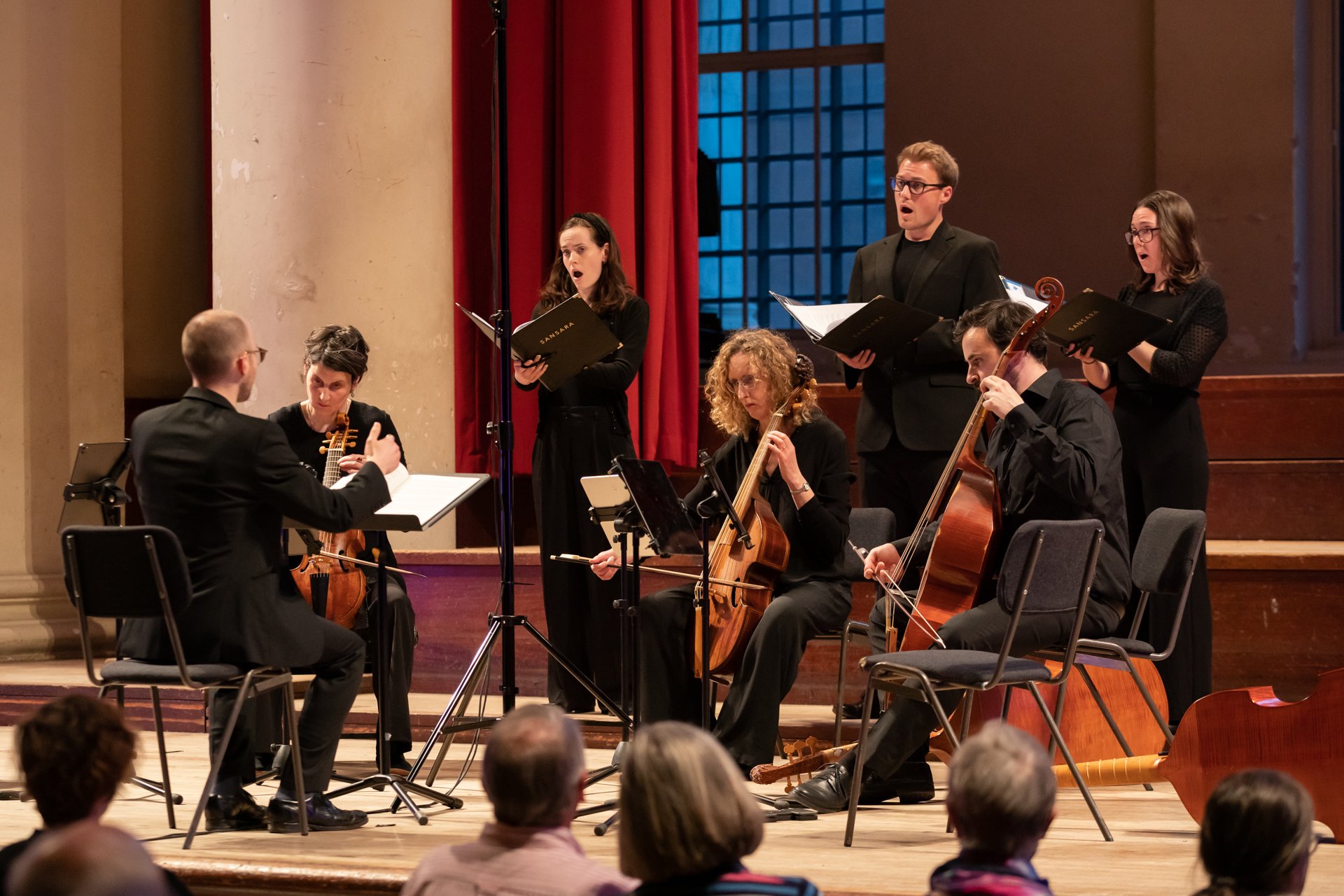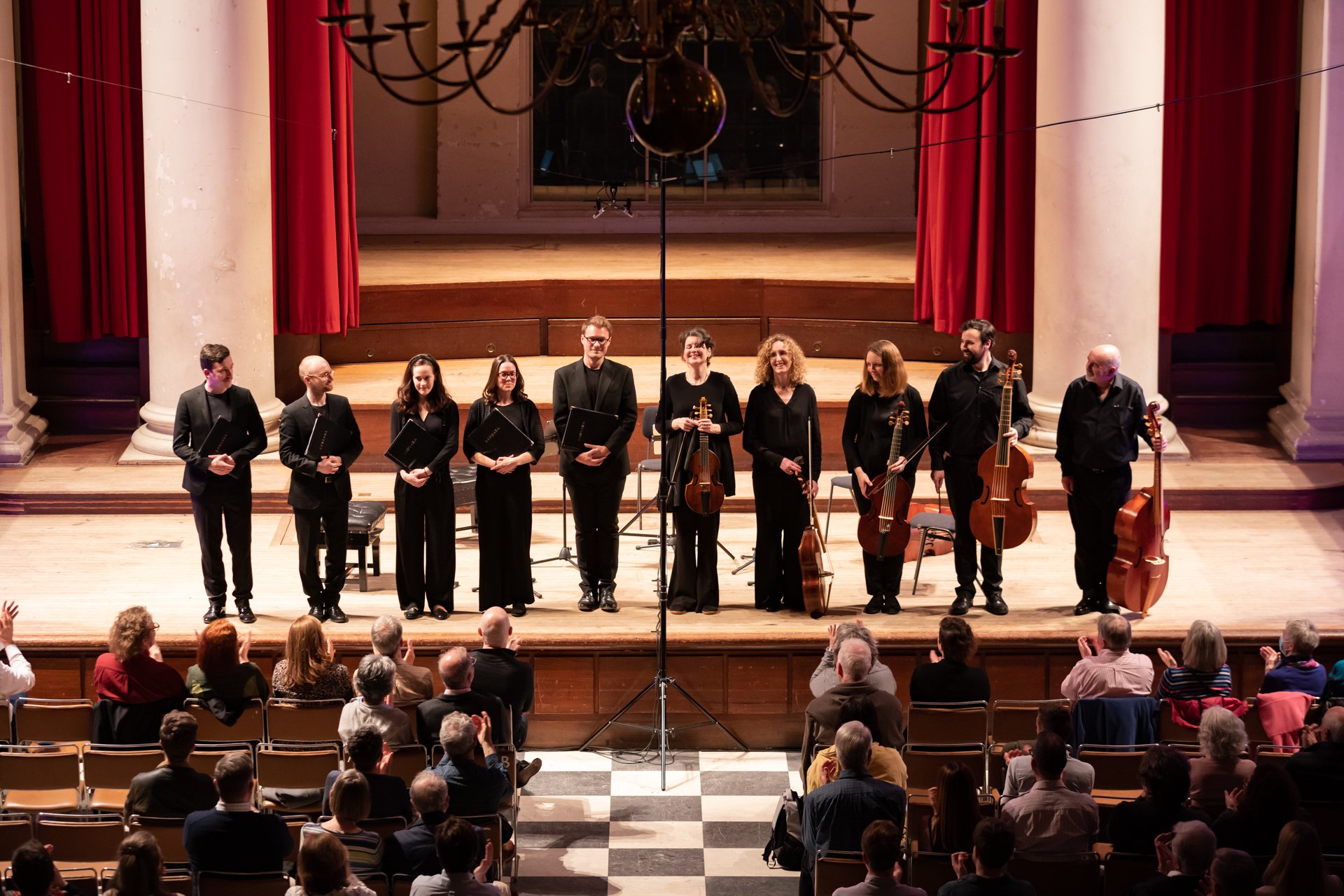Sublime calculations
SANSARA + FRETWORK
We’ve teamed up with renowned viol consort Fretwork for a unique exploration of Arvo Pärt’s music to celebrate his 90th year in 2025.
Building on our existing collaboration, we’ll be releasing a recording of Pärt’s music featuring our versions of his Stabat Mater and Da pacem Domine for viols and voices, alongside some of his well-known a cappella works and Fretwork’s signature arrangements of Fratres and Summa.
“One of the most perfect musical experiences I’ve ever had”
“This partnership with Fretwork was one of near-perfection, unforgettable, and one to watch”
REPERTOIRE
Arvo Pärt
Voices and viols: Stabat Mater, Da pacem Domine, My heart’s in the highlands
Voices only: Solfeggio, Magnificat, Nunc Dimittis, Virgencita
Viols only: Fratres, Summa
REviews
“Ultimately this was less a concert performance of curated works of sound, but something more immersive, cohesive, and intimate. The synergy between each voice and viol made this possibly the finest combination of voices and instruments I've heard in years: under Tom Herring’s leadership SANSARA are at the forefront of curating excellence in sonority, ensemble and precision. This partnership with the Fretwork was one of near-perfection, unforgettable, and one to watch.”
- John Hutchings
(read the full review)
“A most moving performance...impressive and sensitive”
(read the full review)
Past performances
12.03.23 Barnes Music Festival, London
14.04.22 St John’s Smith Square Easter Festival, London
07.04.22 St Cross, Winchester
31.03.22 SJE Arts, Oxford





